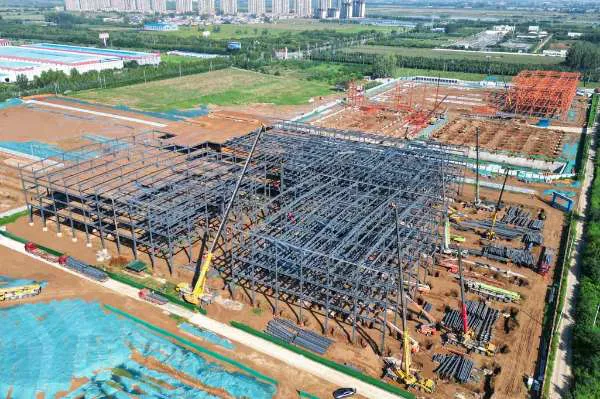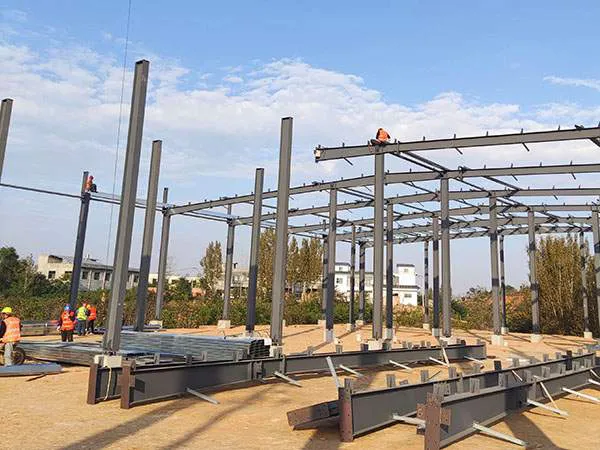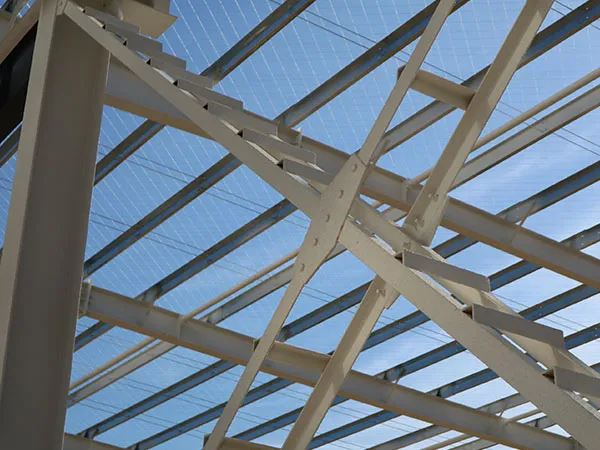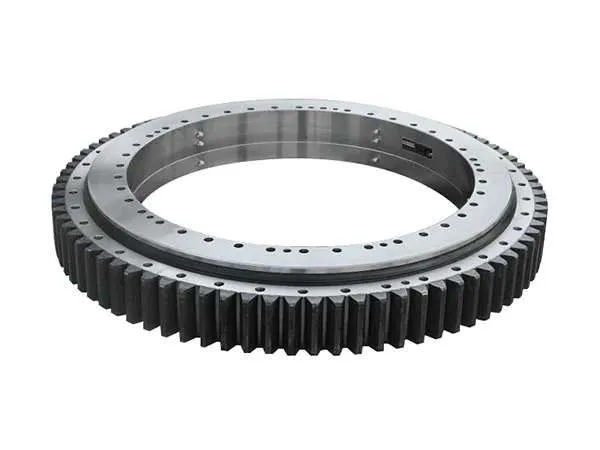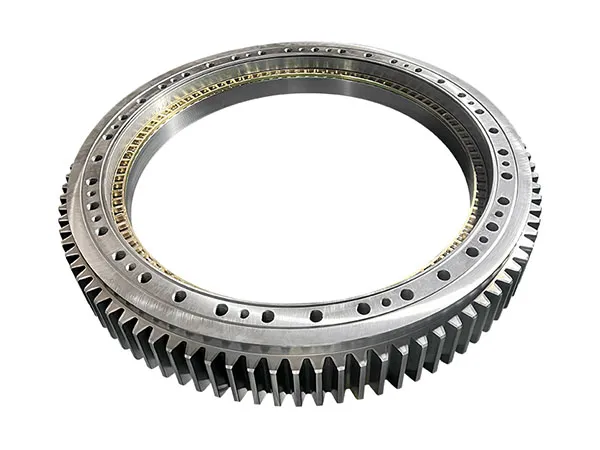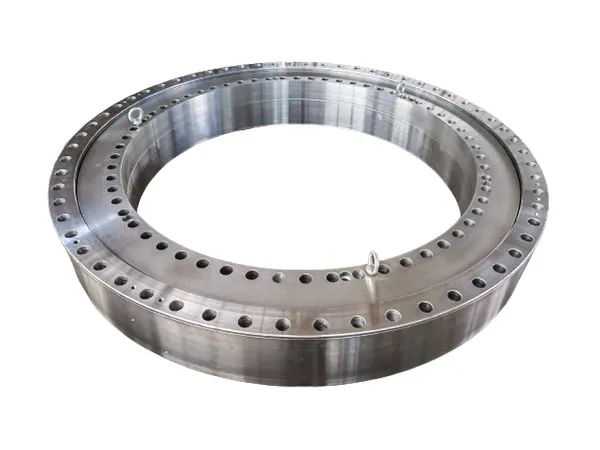Customized Gantry welding Machine Solutions: Efficiently Weld Large Metal Structures and Facilitate Rapid Delivery of Industrial Projects
In modern manufacturing, construction engineering, and large-scale industrial projects, the requirements for precision and efficiency in metal structure welding are increasingly demanding. Traditional welding equipment struggles to meet the needs of irregularly shaped structures, large workpieces, and complex welding trajectories. Customized gantry welding machine solutions, with their high degree of automation, flexibility, and precise control, have become a key tool for enterprises to improve production efficiency and ensure welding quality.
Customized Gantry Welding Machine Solutions

I. Handling Complex Designs: Suitable for Extra-Large Sizes and Irregular Structures
Large metal structures are often enormous in size and complex in shape, with numerous welding points. Customized gantry welding machines achieve efficient adaptation through the following features:
Flexible Welding Stroke and Space: The worktable and welding path can be customized according to extra-long or extra-wide workpieces.
Powerful Load-Bearing Capacity: The gantry structure can support large workpieces, ensuring welding stability.
Multi-Axis Synchronous Control System: Enables complex trajectory welding, ensuring weld precision and consistency.
This customization capability allows enterprises to easily handle irregularly shaped steel structures, stacked components, and large mechanical frames, with every weld meeting industry standards.
II. Cross-Industry Applications: Multi-functional Machine, Enhancing Return on Investment
Customized gantry welding machines are not only suitable for single industries but can also be widely used in:
| Industry | Application Examples |
| Steel Structure Building | Welding of industrial plants, storage facilities, and bridge frames |
| Energy Equipment | Wind turbine towers, solar panel supports, large pressure vessels |
| Mechanical Manufacturing | Construction machinery frames, lifting equipment, and rail transit parts |
| Ocean and Ship Engineering | Welding of hull frame and oil and gas platform structure |
| Special Industrial Equipment | High-end medical equipment casings, chemical storage tanks |
Cross-industry applications not only reduce procurement costs but also allow for equipment reuse across different projects, shortening production cycles and improving ROI.
III. How to Choose the Right Gantry Welding Equipment
Choosing the right welding equipment is crucial for ensuring project efficiency and quality. Customized solutions offer various configurations:
…
For more detailed information on customized gantry welding machine solutions, please click to visit: https://www.bota-weld.com/en/a/news/customized-gantry-welding-machine-solutions.html

